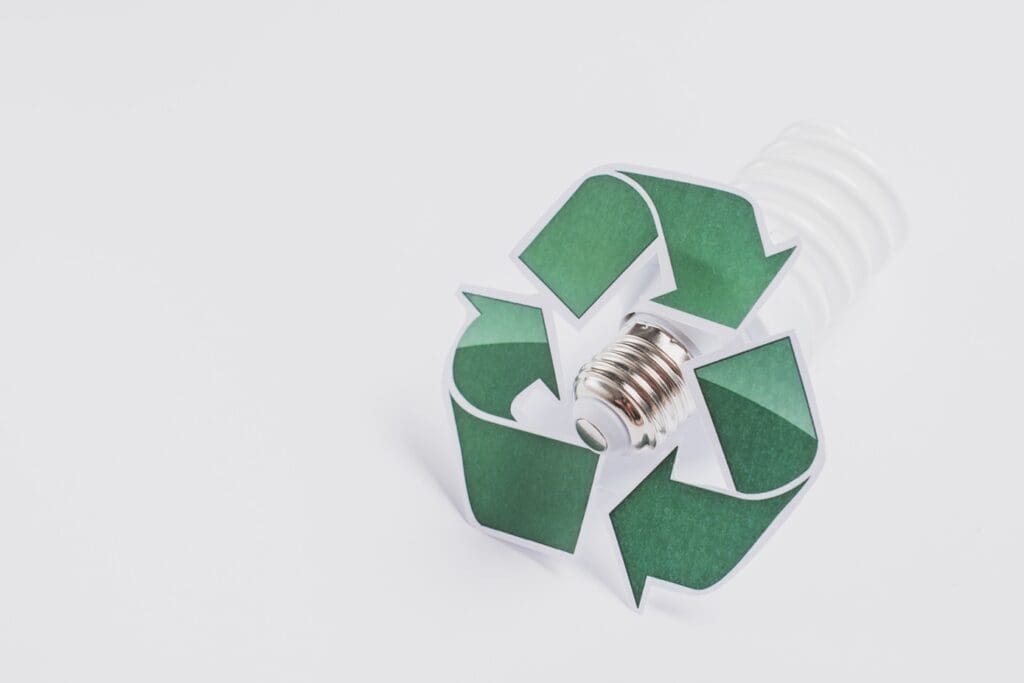Traditional energy infrastructure as a foundation for the green transition
 Traditional energy infrastructure and the green transition
Traditional energy infrastructure and the green transition
The green transition brings many challenges for the energy sector. Traditional energy infrastructure plays an important role in this process, since, at a macro level, green energy cannot function in isolation from the entire power grid. So what is green transition and what does it entail? How does this process take place and how are renewable energy sources integrated into power grids?
What is green transition?
Green transition is a complex process that aims to change the functioning of the economy in such a way that, on the one hand, further growth is possible and, on the other hand, the economy is environmentally neutral. It is therefore about creating the conditions for sustainable economic growth, reducing human impact on the environment and combating climate change.
The European Union has set itself the goal of achieving climate neutrality by 2050 – this is the goal of the wide-ranging action and economic transformation plan known as the European Green Deal. Achieving this goal involves, among other things, the need to reduce greenhouse gas emissions, the popularisation of alternative fuels, the promotion of circular economy efforts and investment in green infrastructure. In the face of climate change and increasing environmental degradation resulting from human activity, the European Union’s goal is to be the world leader in the shift to an environmentally neutral economy model and to make Europe the first continent with zero greenhouse gas emissions.
RES as part of the green transition
The green transition process requires a number of actions in various fields, and one of the key sectors in this process is energy. In the case of the energy sector, the main tool of the whole process is green energy, i.e. obtaining energy from renewable sources. This means not only decarbonisation, but a shift away from fossil fuels and non-renewable sources, including oil and gas, precisely in favour of RES.
Green energy is set to become the driving force of the EU economy in the years to come. For a long time now, we have been observing an increasing share of RES in the energy mix and the diminishing role of fossil fuels. According to plans and forecasts, the increasing efficiency of wind farms or photovoltaics will intensify. The development of renewable energy sources is also associated with additional challenges, both on a macro and micro level.

Challenges of green transition
From the perspective of the European Union, the main challenges of the green transition in the energy sector are reducing greenhouse gas emissions, achieving energy independence by moving away from fossil energy sources to renewable energy sources, or increasing energy efficiency. The challenges of the green transition in the energy sector include not only investments in RES, but also the creation or provision of adequate infrastructure that will underpin the entire transition process. This is a particularly significant challenge for the energy sector.
A key challenge for a low-carbon economy is the integration of renewable energy sources into power grids. Indeed, it is not just a matter of investing in closed, grid-isolated solutions, but of exploiting their potential on a larger scale. This process must be based on the available infrastructure, as creating a separate infrastructure solely for RES from scratch would involve enormous costs. The idea is that wind farms, hydroelectric power stations or photovoltaic installations producing energy should be able to export it to the power grid. The base for such a solution to work should be the already existing infrastructure for the transmission and distribution of electricity.
Integration of RES into power grids
The aim of the green transition is to ensure that green energy reaches consumers throughout the European Union. For this to be possible, renewable energy sources need to be connected to the transmission grid, the key elements of which are lines, power poles, transformer stations. In order for the energy generated by a photovoltaic installation to reach the end user within the grid, it must first be routed to the grid connection point, then to the main supply point, and then be routed via power lines to individual substations and ultimately to individual consumers.
The design of energy infrastructure must now take into account the role of renewable energy sources, as well as their integration into the grid. This means that grid balancing solutions need to be included, as this is one of the key challenges associated with RES. An important element of such infrastructure can be an electricity storage, which is a great tool to increase the flexibility of the grid and balance it according to the amount of energy produced and the variable demand of consumers.
Throughout the whole process of green transition and the integration of renewable energy sources into the traditional, already existing energy infrastructure, it is important to remember that connecting more and more photovoltaic installations or wind farms to the grid can significantly support the objectives of green transition. This is because a greater supply of RES energy makes it possible to reduce the operation of combined heat and power plants using fossil fuels. Thus, the transition to green energy does not always have to involve high costs for investment in new infrastructure. Indeed, it is possible to use and possibly upgrade the currently available power grid.